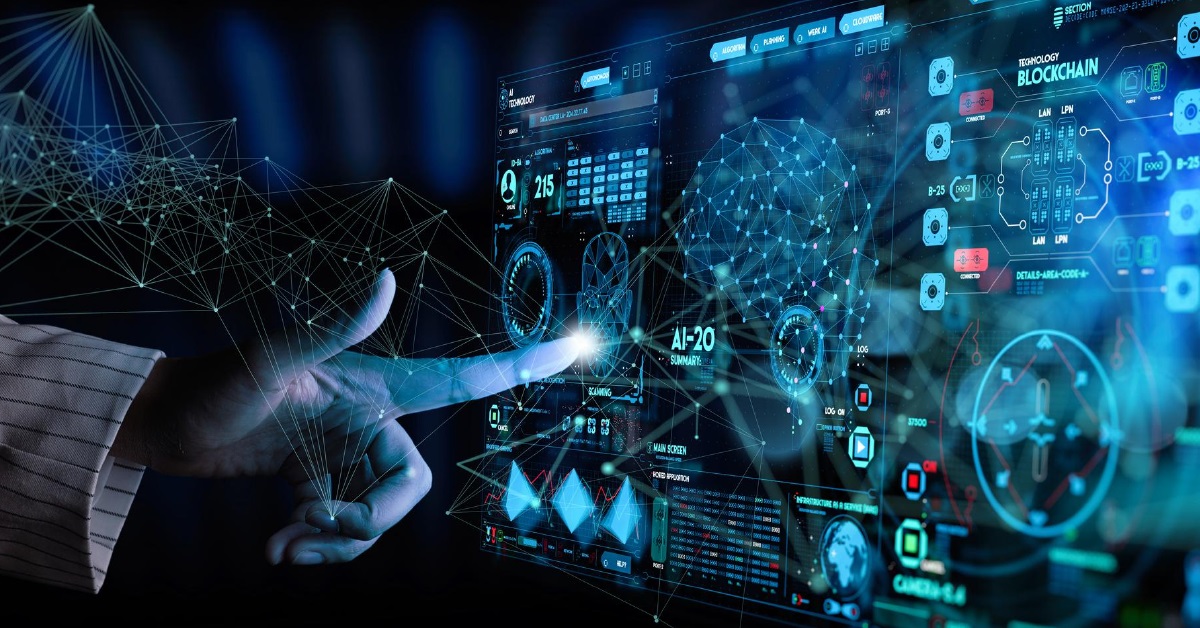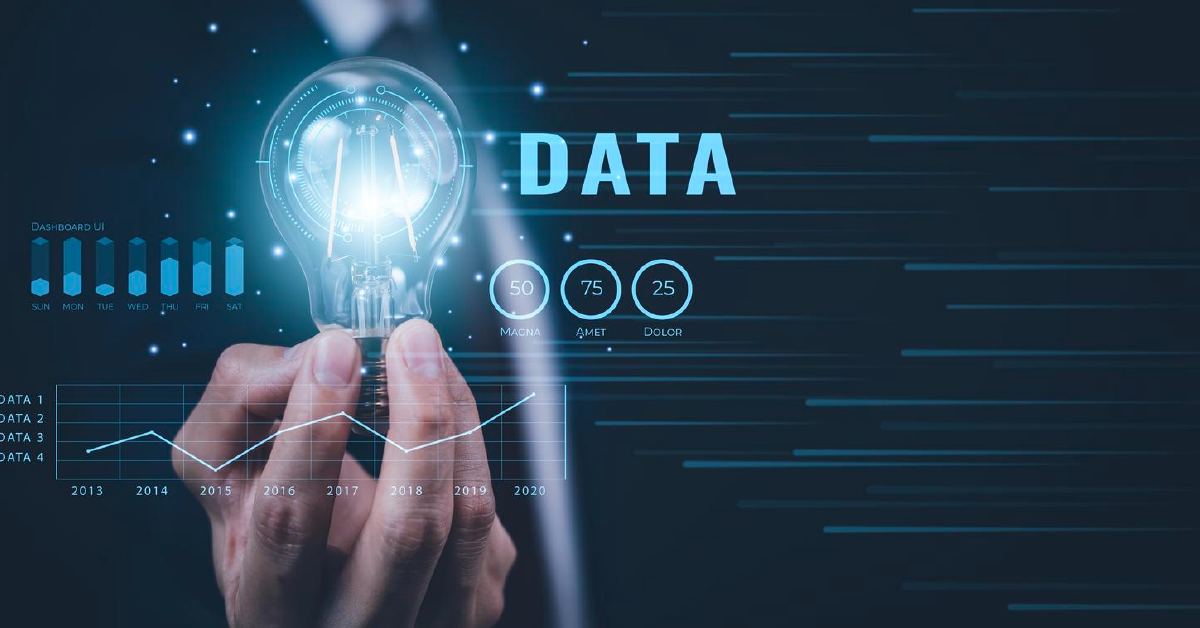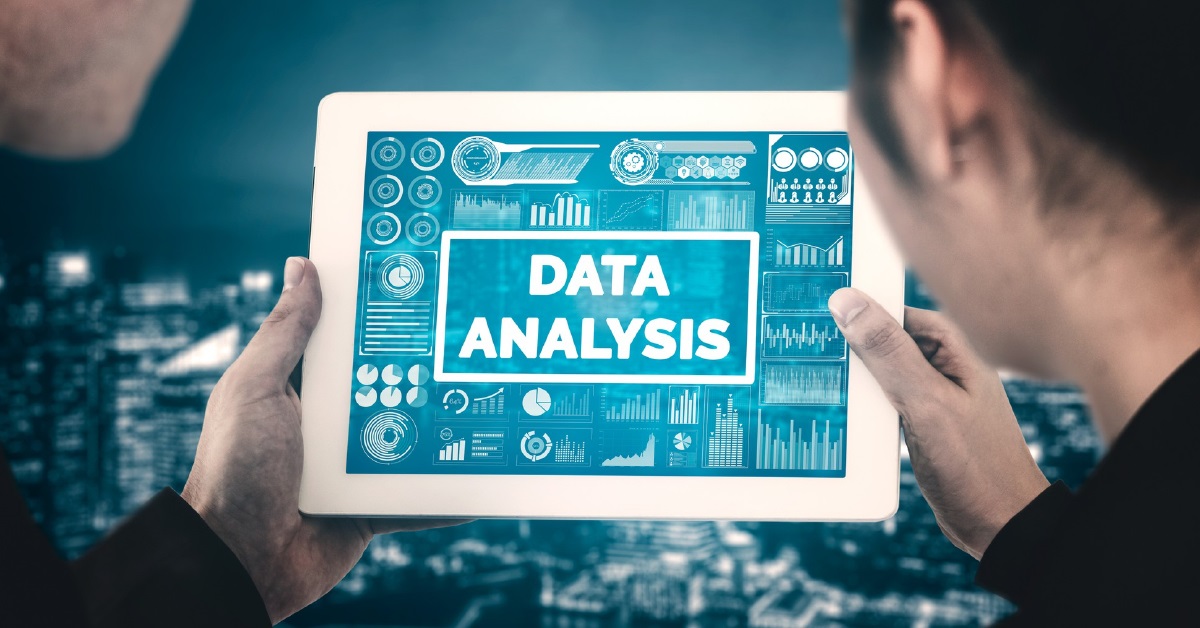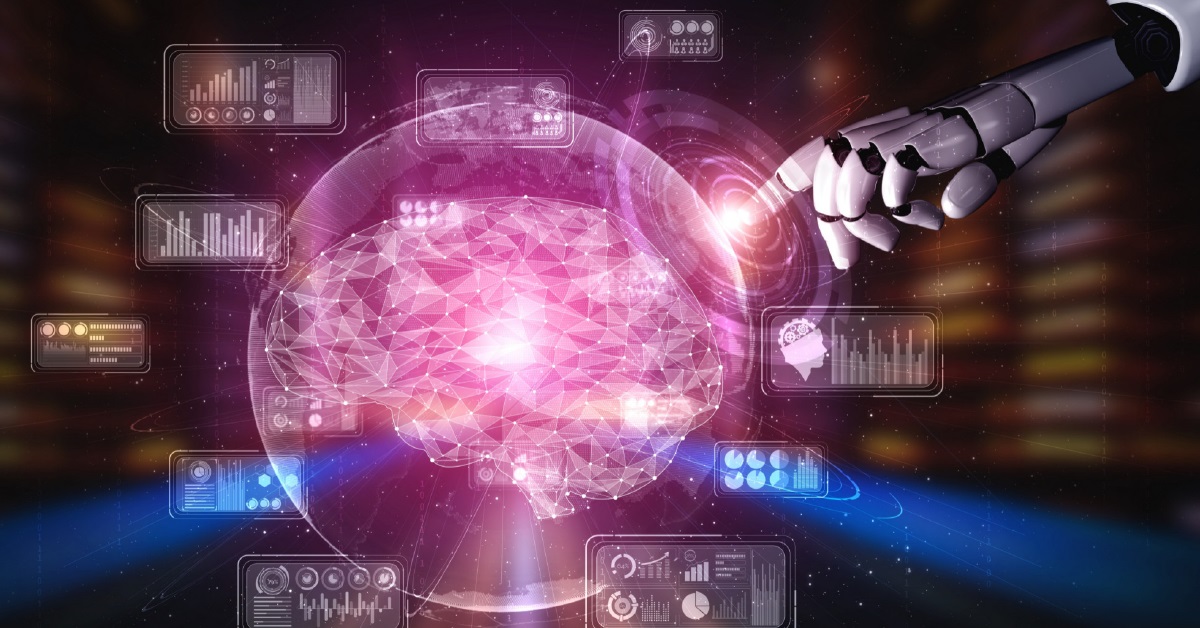The Future of Data Science: Trends to Watch Out for in 2023 and Beyond
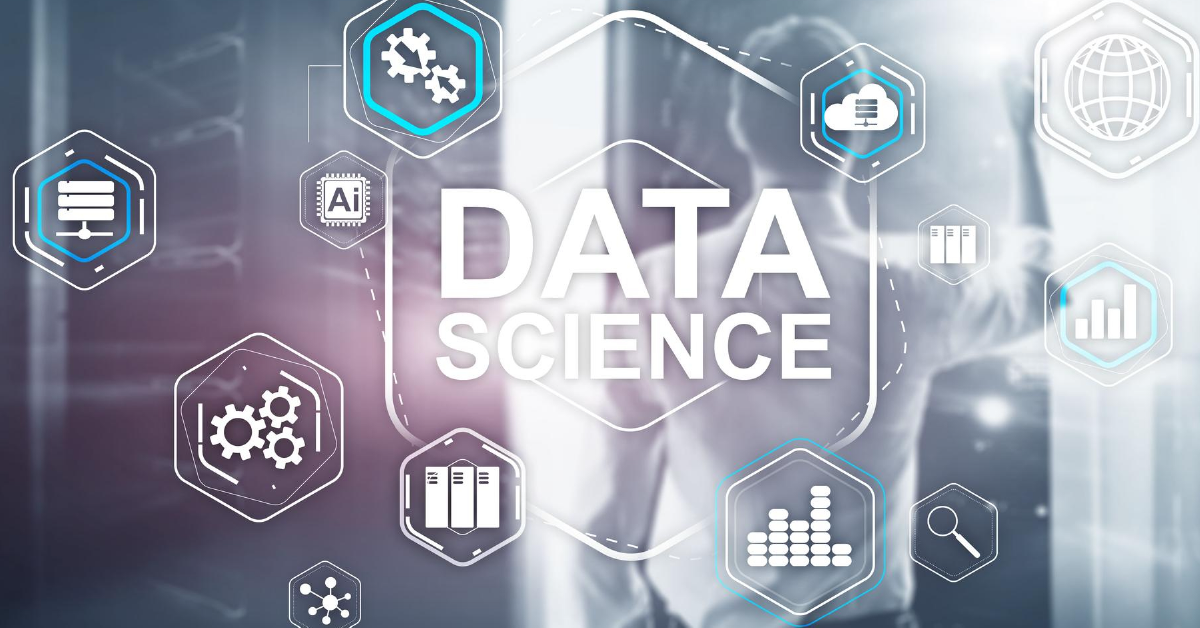
4 min read
The future of data analysis to gain insightful conclusions is known as data science. These insights’ data can be derived from various sources, including databases, commercial transactions, sensors, and more. As a result, it’s a rapidly expanding field with almost endless work opportunities.
Integration of Quantum Computing in Data Science
In 2023 and beyond, the integration of quantum computing in data science is ready to revolutionize the field and address complex challenges that classical computers struggle to solve. Quantum computing harnesses the principles of quantum mechanics to perform computations exponentially faster, enabling data scientists to handle vast datasets and optimize complex algorithms more efficiently. It promises to unlock unprecedented potential in areas such as optimization, machine learning, and cryptography, presenting new data analysis and decision-making opportunities.
As quantum computing technology matures, data scientists will have access to more powerful tools to derive valuable insights and unlock previously untapped knowledge from their data. However, harnessing quantum computing’s full potential will require collaboration between quantum physics and data science experts to develop novel algorithms and approaches tailored to this emerging paradigm.
The Leading Trends in Data Science for 2023 and Beyond
Based on the development of the industry since my last update, data science trends for 2023 and beyond have been predicted. Remember that the actual trends may vary from those anticipated due to technological improvements and changing needs. The future of data science trends include the following.
Tiny ML and Small Data
Tiny ML algorithms did make to take up the least room and use the least power. Wearables, cars, agricultural machinery, and industrial machinery will all use embedded systems in 2023, enhancing and raising these products’ value.
Big Data is the term describes the constantly growing volume of digital data that we create, collect, and analyze. The amount of data and the ML algorithms we use to process it are enormous. With over 175 billion parameters, it is the most extensive and intricate system capable of imitating human language. This is the most recent development in data science.
Experience of Data-Driven Consumers
One of the most recent advancements in data science may be seen in this. Businesses can expect to use the information to provide experiences that are most worthwhile, valuable, or enjoyable. When contacting customer service, the software may be easier to use, more easily transferred between departments, and less likely to cause e-commerce friction and bother.
Convergence
Artificial intelligence (AI), cloud computing, the Internet of Things (IoT), and ultrafast networks like 5G are the pillars of today’s digital world, and data is the fuel that feeds them all. These technologies represent some of the most recent advancements in data science. Combined, these technologies have a much more significant impact than when utilized separately.
Intelligent cities, businesses, and homes may be develop by using artificial intelligence, enabling IoT devices to operate as intelligently as possible without requiring human input. 5G and other ultra-fast networks will enable new sorts of data transfer (such as superfast internet and mobile video streaming) and faster-than-ever data transmission rates.
Auto ML
It belongs to the current data science trends, and future of data science. Auto ML is a movement contributing to the “democratization” of machine learning and “democratizing” data science. Anyone can produce ML-based apps using the platforms and tools created by the creators of Auto ML solutions. Even though the program addresses the most pressing difficulties in their sectors, it is primarily targeted at subject matter experts who lack the technical skills required to apply AI to those challenges.
Cloud-Based Databases and AI
To gather, classify, clean, arrange, format, and analyze this massive amount of data in one location is a complex undertaking. Platforms that work on the cloud are becoming more popular as a solution to this problem. A cloud computing database will revolutionize the data science and AI fields. Businesses may handle their responsibilities more effectively and efficiently with cloud computing while protecting their data.
Visualization of data
Data visualization is the process of presenting information graphically. You may identify data patterns, trends, and outliers using data visualization tools, including visual components like charts, graphs, and maps. It also allows staff members or business owners to communicate information without confusing less tech-savvy audiences. It is one of the most popular topics in data science. Large-scale data analysis and decision-making require the use of data visualization techniques and technology.
Artificial Intelligence Scalability
Enterprises use statistics, systems design, machine learning implementations, and data mining. These components must be combined into flexible, scalable models that can handle enormous amounts of data for coherence. For the following reasons, having knowledge of scalable AI can be advantageous.
Advancements in Natural Language Processing (NLP)
NLP will continue to advance, making human-computer interactions more natural and effective. Sophisticated language models will be developed to understand context, intent, and sentiment, enabling more powerful language-based applications.
How AI/ML services can play in these global trends?
Even though businesses worldwide are already actively implementing AI/ML, the entire domain is still developing at an astonishing rate due to improvements in enterprise AI practice interest and maturity, technology, frameworks, and use cases. Here are some ways that AI and machine learning can influence critical global trends.
- An increase in AI-powered devices
- Healthcare and Aging Population
- Digital Transformation
- Remote Work and Connectivity
- Cybersecurity and Data Privacy
- Global Health Preparedness
Trends in 2023 AI And Automated Learning
In 2023, the market will look for significant advancements in AI and machine learning, including a sharp increase in automation across various industries, edge computing to boost productivity and computer vision.
- AI applications are becoming more prevalent across industries, with organizations leveraging AI technologies for various use cases such as automation, data analysis, customer service, and decision-making.
- Advances in NLP have led to improved language understanding, sentiment analysis, and chatbot capabilities.
- Automated Machine Learning (Auto ML) tools and platforms are gaining popularity, enabling non-experts to build machine learning models quickly.
- Self-driving cars and autonomous vehicles are progressing, with AI algorithms becoming more capable of handling complex driving scenarios.
Conclusion
It’s important to note that these predictions are speculative, and the actual future of data science will depend on technological advancements, research breakthroughs, societal developments, and the adoption of data-driven practices in various industries. As data science plays a vital role in shaping various aspects of society, it will undoubtedly encounter new challenges and opportunities.
It encourages the reader to get in touch with the company to learn additional information about their software development services.
Published: August 2nd, 2023

